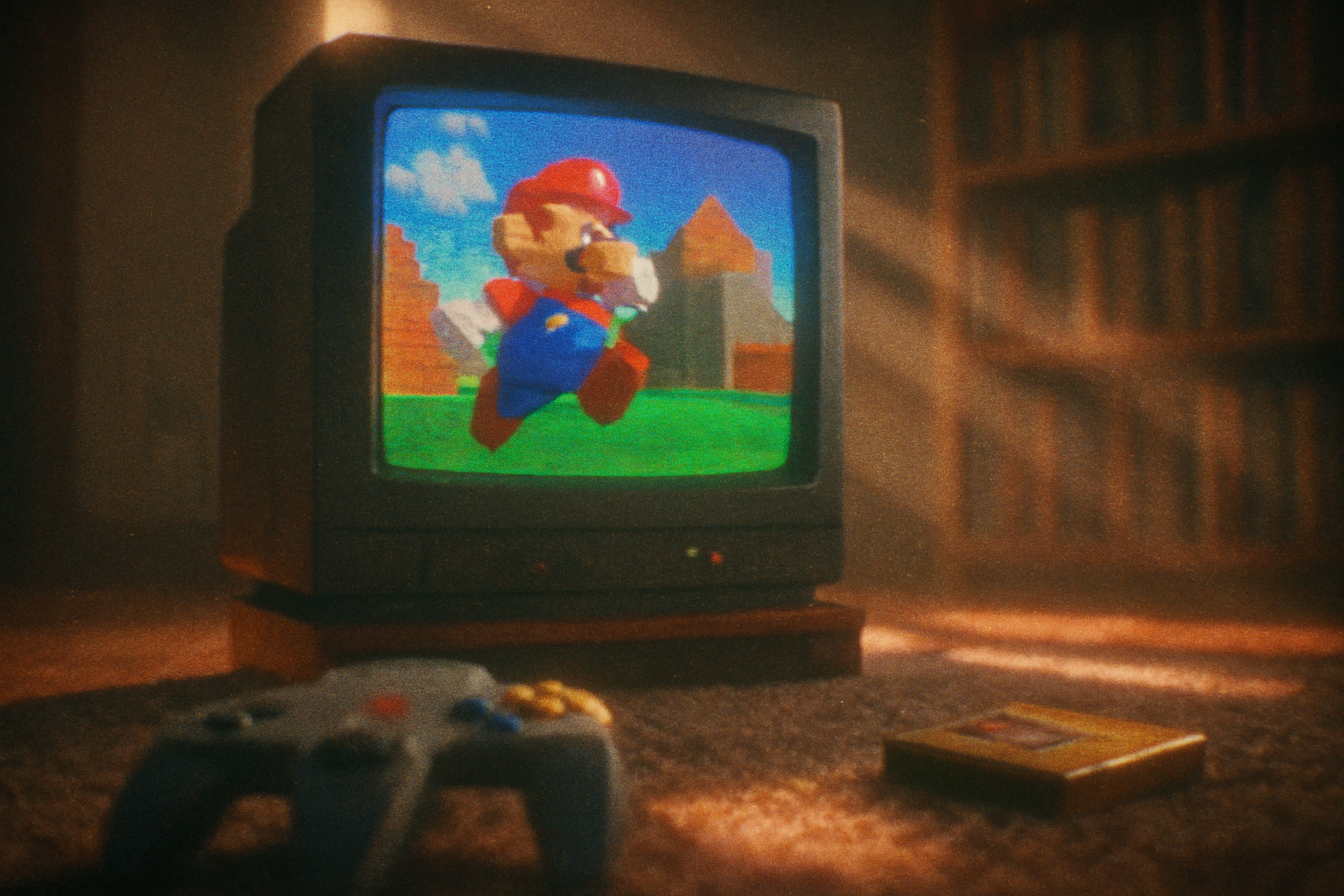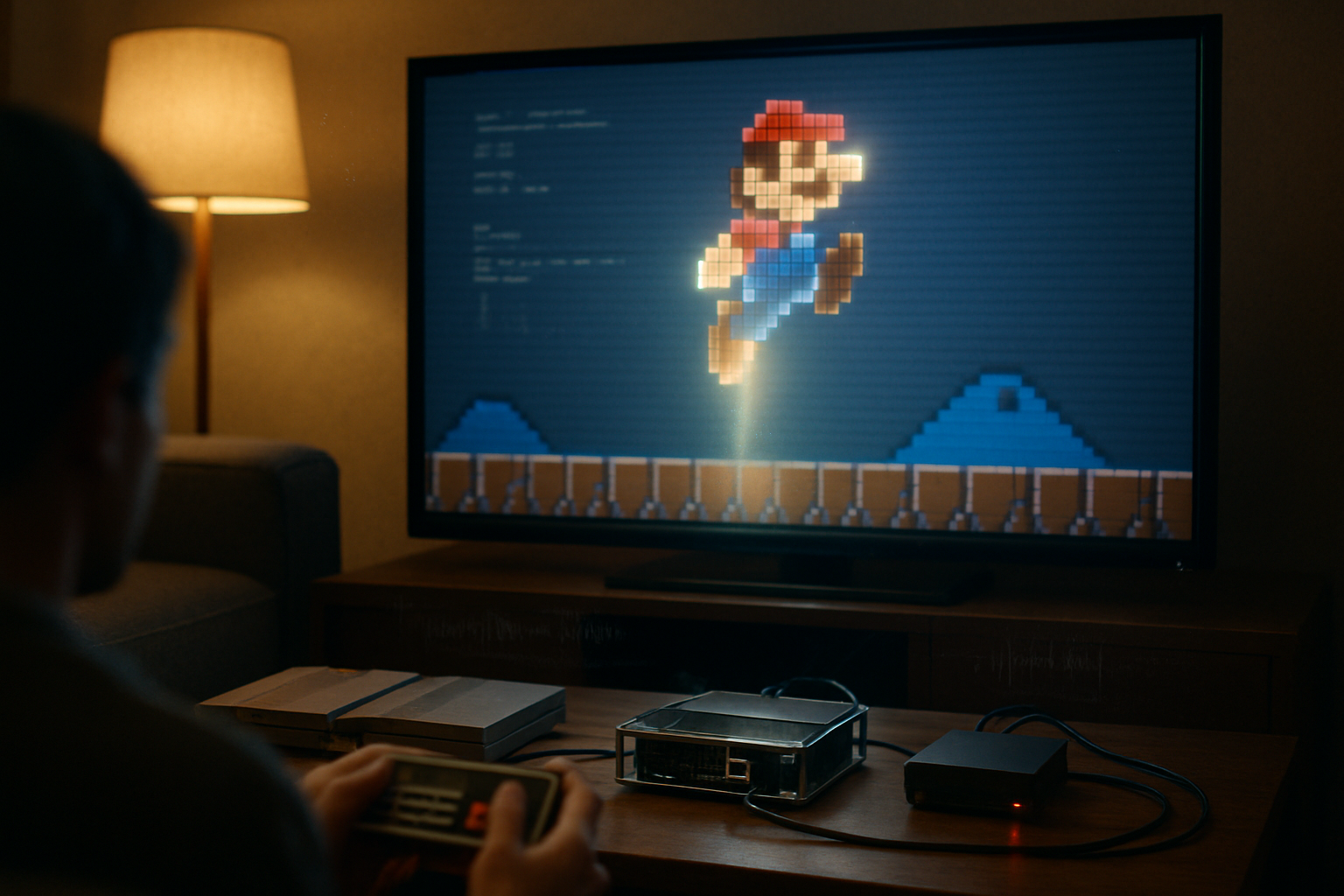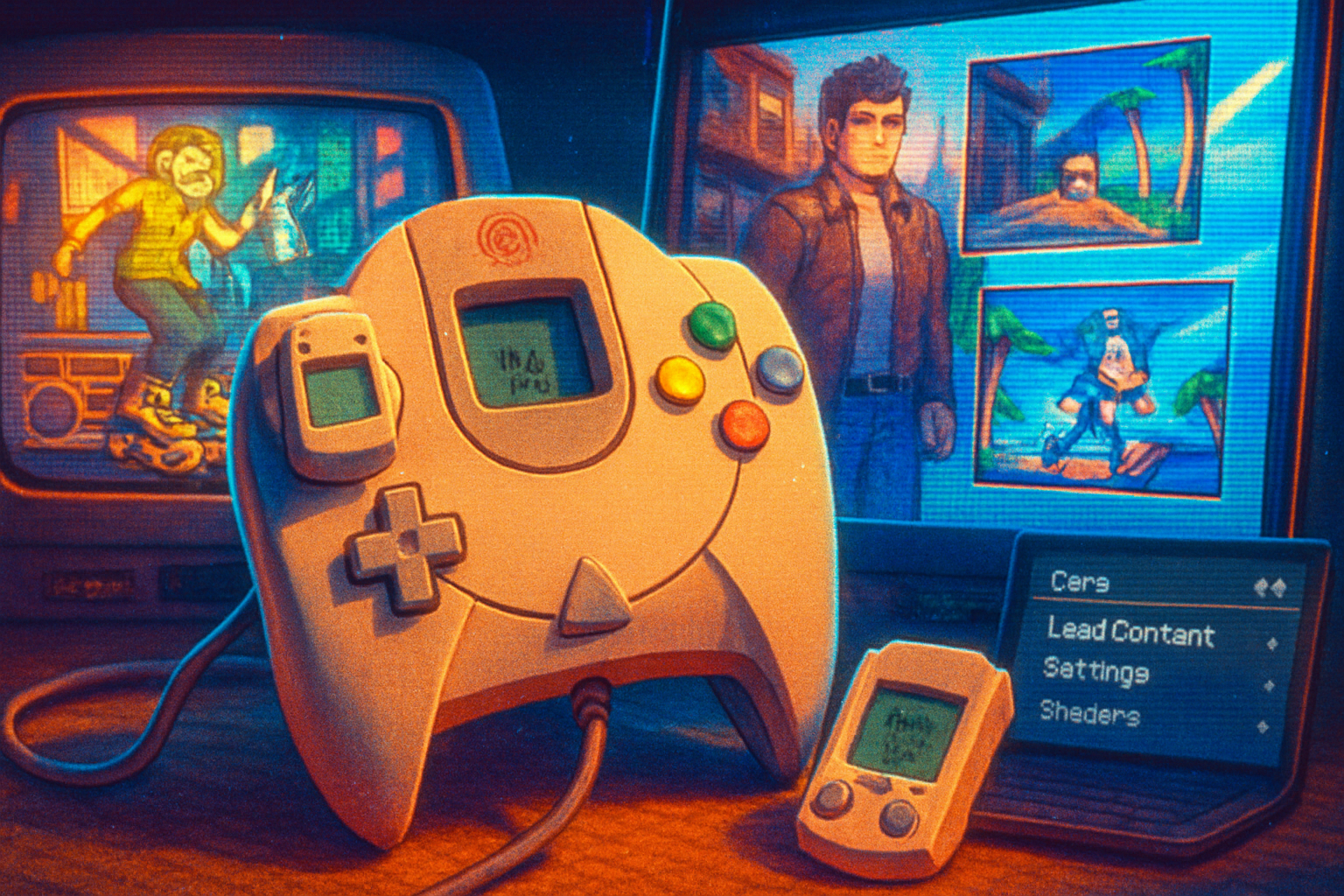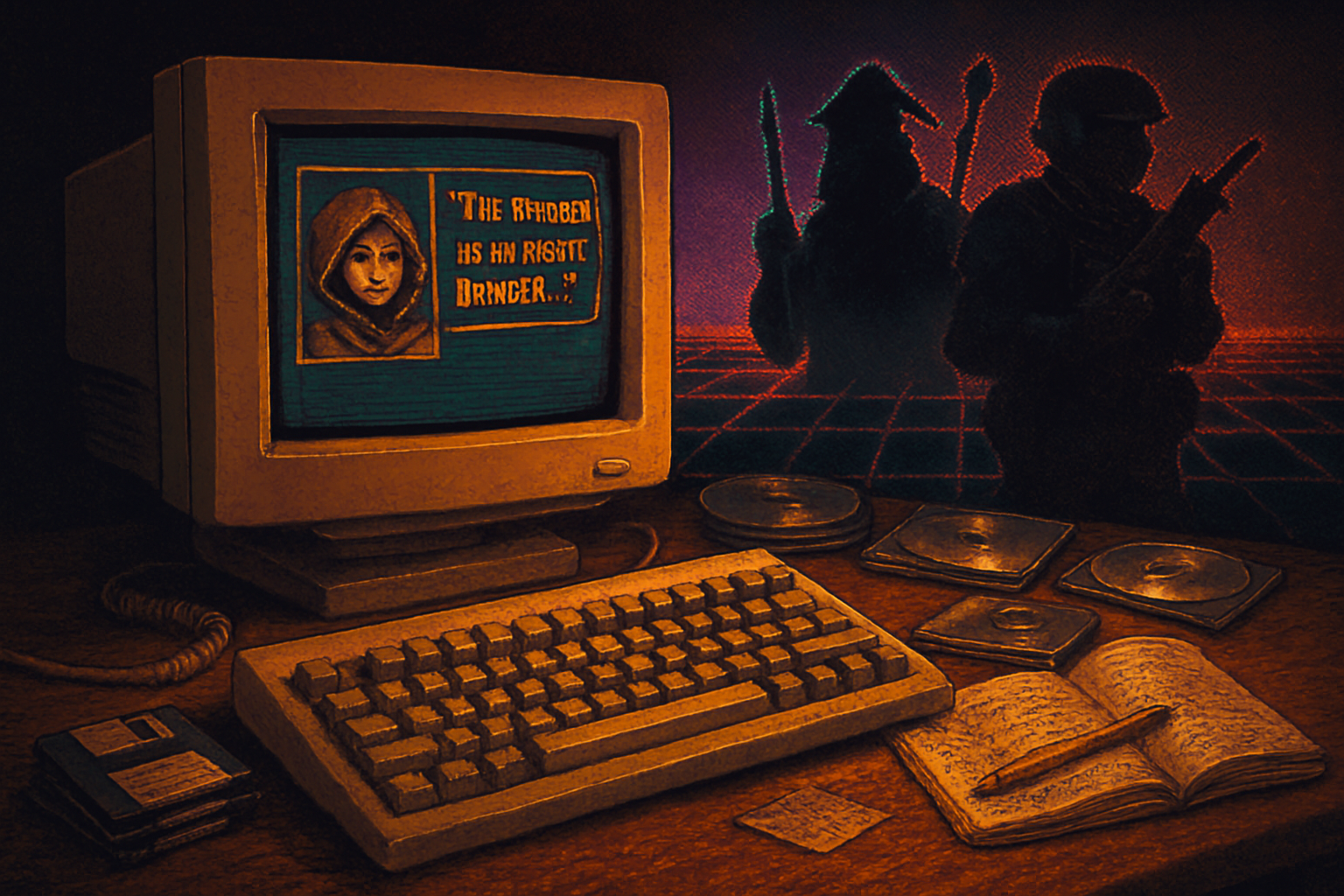· retrogaming · 6 min read
The Timeless Appeal: Why Nintendo 64 Classics Still Captivate Gamers Today
From a single analog stick to fuzzy, low‑poly charm, Nintendo 64 classics keep pulling players back. This piece examines the nostalgia, design innovations, and visual aesthetics that make N64 games persist in gaming culture and influence modern titles.

I remember the first time I popped a gray cartridge into a hulking plastic box, sat on the floor, and watched Mario jump into a world that felt impossibly large for its low-res polygons. The TV hummed. The controller felt like a small steering wheel with feelings. We were convinced we’d been handed a magic window.
That sensation - a mixture of tactile delight, sensory memory, and creative restraint - explains why Nintendo 64 games still matter. They are less about pristine visuals and more about design choices that favored play over polish. Below: the why, the how, and the practical ways those old cartridges still bend modern game design.
The simple habit of nostalgia: why the past feels warmer
Nostalgia is not just wistful thinking; it’s a cognitive shortcut. When a sound, texture, or control scheme ties to a formative moment, it becomes a trigger for emotion. That cheap, high‑pitched jingle from the start menu. The deadening clack of the cartridge meeting its slot. These are sensory anchors.
- Psychology shows nostalgia is consoling and identity‑affirming - it suggests continuity in a life full of change. See a readable primer on nostalgia’s psychological effects here.
But nostalgia alone can’t explain the staying power of N64 games. Something deeper is at work: design choices that still feel alive.
Controls and feel: the analog stick as a small revolution
The Nintendo 64 brought an analog stick front and center to console gaming. That single mechanical change did two things:
- It enabled precise, gradated movement - not just on/off walking but a sense of momentum and weight.
- It demanded designers think in 3D differently. Platforming moved from grids and ladders to freeform jumps, arcing trajectories, and camera‑oriented traversal.
Look at Super Mario 64: its triple jump, long jump, and subtle speed control are not incidental tricks - they are deliberate responses to an analog input. The result is a choreography between player and avatar that still feels tactile and human.
Mechanics born of limits: cleverness over horsepower
Cartridges had advantages - near‑instant access and durability - but they were tiny compared with CD-ROMs. Storage scarcity forced designers to prioritize gameplay and invent compact ways to convey richness.
Examples:
- Hub worlds and replayable challenges (e.g., Super Mario 64’s paintings) maximized content without duplicating assets.
- Texture atlases and modular geometry created varied faces from limited data.
- Lock‑on targeting (Z‑targeting) in The Legend of Zelda: Ocarina of Time solved camera and combat problems in one elegant rule: pick one thing, and the camera’s job is to make that thing readable.
Those are design patterns we still copy today: resilient camera systems, modular level design, and mechanics that encourage mastery rather than spectacle.
Rumble, tactility, and the birth of embodied feedback
The N64 popularized force feedback with the Rumble Pak. It was a small battery‑powered brick that translated explosions, collisions, and virtual horses into physical thuds.
Why does that matter? Because it tied digital events to bodily sensation. Modern controllers follow the same lesson but with more subtlety. The Rumble Pak proved the principle: players value feedback that crosses the skin.
Multiplayer, couch chaos, and social architecture
Before online lobbies, there were couches, controllers, and arguments about whether blue shells were unfair.
Games like GoldenEye 007, Mario Kart 64, and Super Smash Bros. engineered social friction. They created spaces where friends competed, colluded, and invented house rules.
Split‑screen design fostered a different kind of session: short, explosive, and intensely social. The social architecture of those experiences is being rethought in modern local‑first games and party titles.
The aesthetic: why low‑poly looks don’t look “bad”
Call it fuzzy but call it purposeful. N64 visuals were a product of texture memory limits, low polygon budgets, and CRT displays that softened jagged edges. That aesthetic has its own grammar:
- Blocky silhouettes that read instantly at distance.
- Painterly textures that suggest detail rather than define it.
- Warp and shimmering from early texture filtering that feels like motion blur’s charming cousin.
Indie developers now deliberately emulate this look to evoke mood and readabilty. The art is economical; it leaves room for imagination. If modern AAA art often screams “look at my fur,” N64 art whispers “fill in the rest.”
Concrete contributions of landmark titles
- Super Mario 64 - 3D platforming as language; camera and level design that teach the player without words. More
- The Legend of Zelda - Ocarina of Time - Z‑targeting; cinematic pacing in an open 3D space.
- GoldenEye 007 - Foundational console FPS control schemes and competitive maps. More
- Mario Kart 64 - Split‑screen party design and memorable track layout. More
- Banjo‑Kazooie, Star Fox 64, Perfect Dark - each added voice, physics quirks, or narrative flavor that still echo in modern genre conventions.
What modern developers borrow (and what they don’t)
Borrowed:
- Readability first - clear silhouettes, readable enemy telegraphs, and concise level goals.
- Mechanical clarity - good controls are non‑negotiable, even when visuals are pared down.
- Social immediacy - local multiplayer design principles are returning in a world where online fatigue is real.
Left behind (and often rightly so):
- Janky camera systems that punish rather than guide the player.
- Clunky UI that assumes you’ll memorize obscure button maps.
The smart choices survive; the cruft does not.
How to get the best N64 experience today
If you want to see why the past still matters, try these practical tips:
- Play the originals on hardware if possible. Cartridges, controllers, and CRTs make a surprising difference.
- If you’re on modern screens, use shaders or integer scaling and experiment with scanline filters to reproduce the CRT feel.
- Use a controller with an accurate analog stick. Cheap thumbsticks can make classic platforming feel off.
- Try local multiplayer with friends. N64 games were designed for interpersonal chaos.
Emulation and remasters offer convenience but won’t always capture the tactility of the original setup. Choose what matters to you: authenticity or accessibility.
Why they still captivate - the final case
N64 games endure because they are memories encoded as meaningful design choices. They trade perfect visuals for immediacy, tactile controls for cinematic pretense, and social bedlam for sterile lobbies. They taught a generation how to think in 3D spaces, how to trust a controller, and how to argue for blue shells as a social contract.
In short: they are not relics. They are prototypes for good decisions.
And if you still have that cartridge? Keep it. Some things are not just collectible - they’re readable.
References
- Nintendo 64 - https://en.wikipedia.org/wiki/Nintendo_64
- Super Mario 64 - https://en.wikipedia.org/wiki/Super_Mario_64
- The Legend of Zelda - Ocarina of Time -
- GoldenEye 007 (1997 video game) - https://en.wikipedia.org/wiki/GoldenEye_007_(1997_video_game)
- Mario Kart 64 - https://en.wikipedia.org/wiki/Mario_Kart_64
- The Power of Nostalgia (Psychology Today) - https://www.psychologytoday.com/us/articles/200611/the-power-nostalgia


